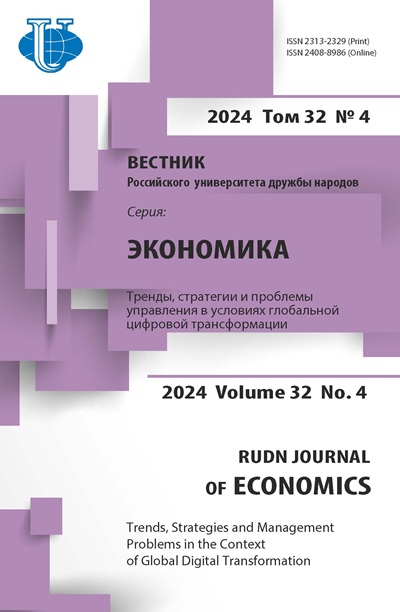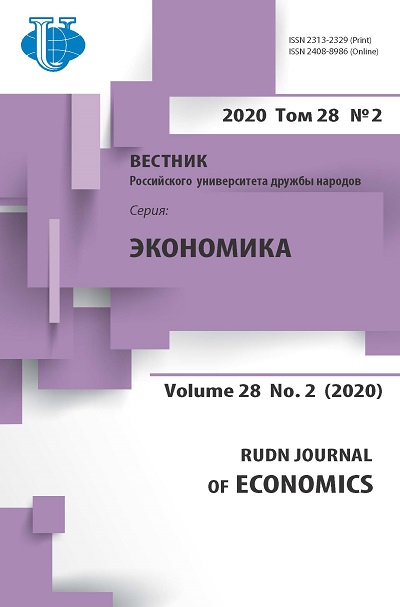Abstract
India examines relations with ASEAN countries as one of the priority vectors of the modern foreign economic strategy “South - South”. The purpose of the article is to analyze one of the most important aspects of Indian economic relations with the countries of Southeast Asia - investment cooperation. The article covers a wide range of analytical methods: statistical analysis, forecasting, comparison, theoretical generalization, statistical data processing, and also abstract-logical analysis (for systematization and generalization of the main areas of investment interaction). The indicators of Indian foreign direct investment to ASEAN, including country-wise distribution, and the association’s foreign direct investment to the republic are analyzed in detail. The authors consider in detail various aspects of intercountry investment interaction. The association is the main focus for Indian investments abroad and a significant investor to the republic, as demonstrated by stable bilateral economic relations. In general, investment cooperation seriously contributes to the development of relations between India and ASEAN.















